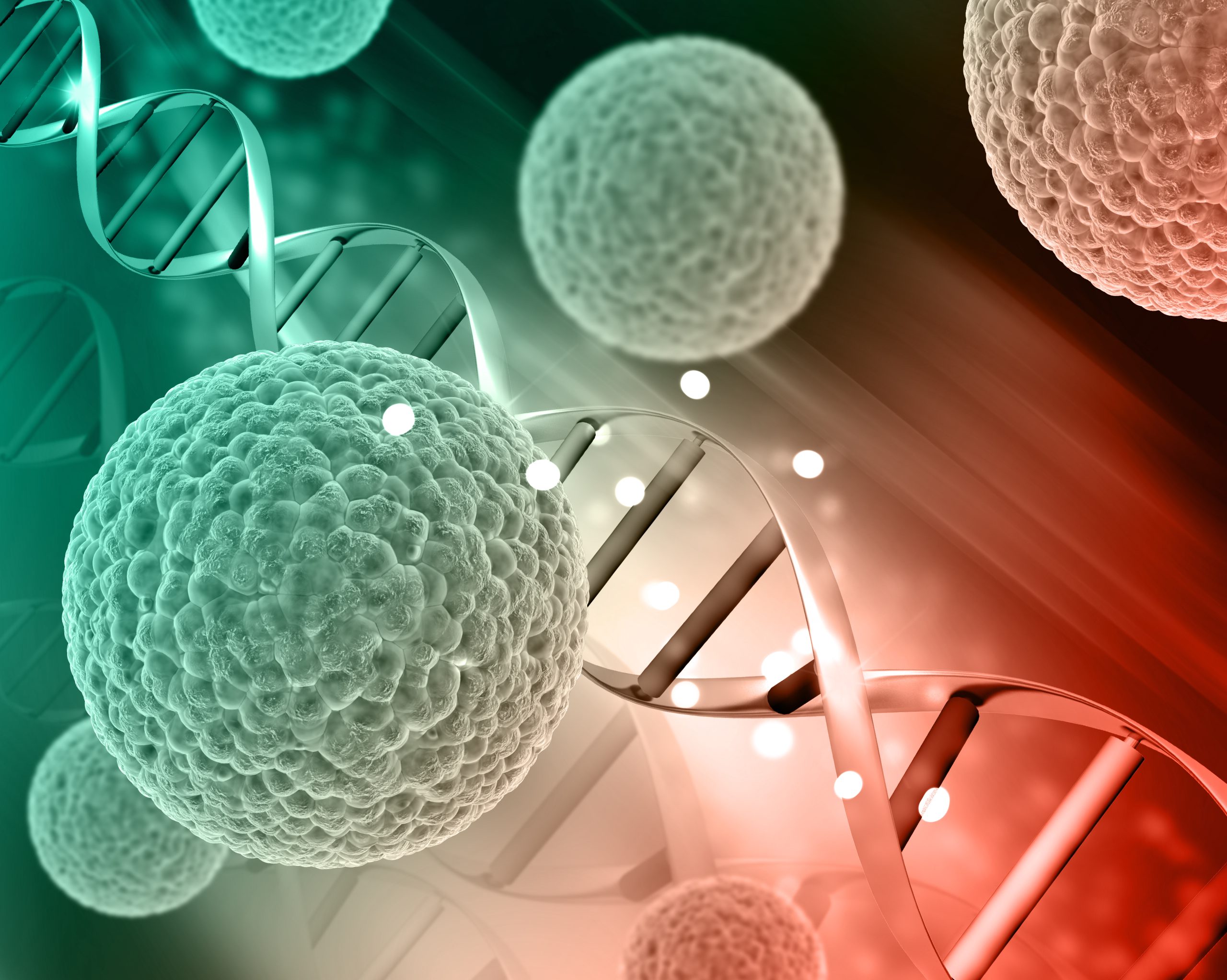
Scientists discover compounds that help cells fight a wide range of viruses
On Jul. 14, 2025, Researchers at MIT and other institutions have identified compounds that can fight off viral infection by activating a defense pathway inside host cells. These compounds, they believe, could be used as antiviral drugs that work against not just one but any kind of virus.
The researchers identified these compounds, which activate a host cell defense system known as the integrated stress response pathway, in a screen of nearly 400,000 molecules. In tests in human cells, the researchers showed that the compounds help cells fend off infection from RSV, herpes virus, and Zika virus. They also proved effective in combating herpes infection in a mouse model.
The research team now plans to test the compounds against additional viruses, in hopes of developing them for eventual clinical trials.
To help them identify compounds that would enhance the activity of this pathway during viral infection, the researchers invented a novel optogenetic screen. Optogenetics is a bioengineering technique that allows researchers to insert light-sensitive proteins into the genome of a cell. In this case, the researchers engineered modifications to a protein called PKR, which turns on the stress pathway, so that they could turn it on with light.
Using this technique, the researchers screened a library of nearly 400,000 commercially available and proprietary chemical compounds. Each of these compounds was applied to human cells as the cells were also exposed to blue light, which simulated viral infection by activating PKR.
By measuring the cells’ survival rates, the researchers could determine which compounds boosted activation of the pathway and amplified the cells’ ability to shut down viral reproduction. This screen yielded about 3,500 compounds with potential antiviral activity, which were evaluated further.
The researchers now plan to evaluate their lead candidates against a broader range of viruses. They also aim to identify additional compounds that activate the integrated stress response, as well as other cellular stress pathways with the potential to clear viral or bacterial infections.
Tags:
Source: Massachusetts Institute of Technology
Credit:
